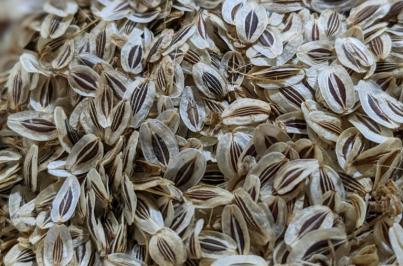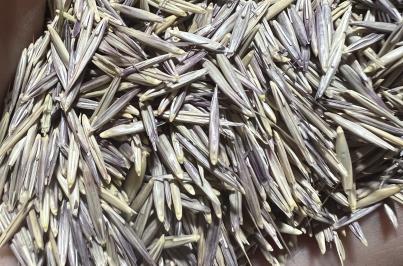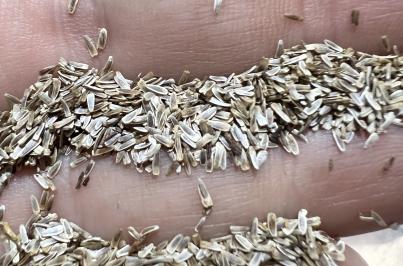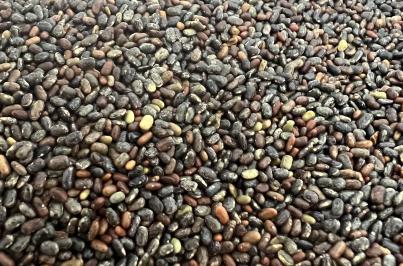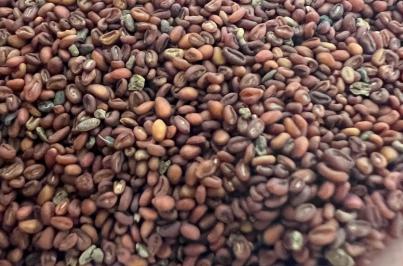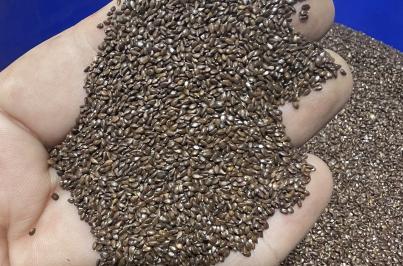The Need for Seed: IAE’S Seed Procurement and Mixing Process
By Morgan Franke, Plant Materials Coordinator
March 2023
The need for native seed is ever increasing. In the wake of environmental disasters like wildfires, droughts, and increased flooding, native seeds are needed to restore sensitive habitats on-the-ground. But before ecologists can sow the seeds to heal the land, they need access to the right seed mix. That’s where we come in.
The National Academy of Sciences, Engineering, and Medicine recently released their Final Report: An Assessment of Native Seed Needs and the Capacity for Their Supply, and a recent article by Christine Peterson in High Country News did an excellent job of highlighting our country’s seed needs and barriers to meeting the restoration demand. While IAE is always on the lookout for more native plant producers, our region is lucky to host multiple knowledgeable seed producers who work to meet restoration demands—including our own IAE seed farm, based in Corvallis, Oregon.
Last fall, the Northwest Plant Materials Program at IAE distributed almost 1,800 pounds of seed of 50 different species that were destined to be sown at 25 different restoration sites throughout the Willamette Valley and Oregon Coast. This is no small task, and all members of the Northwest Plant Materials Program chipped in to help accomplish this. The seed procurement process begins in the summer, when I work closely with Restoration Program ecologists to determine what species they would like to use in their upcoming restoration projects—and how much seed they expect to need for each site. Then comes the task of finding native seed suppliers with genetically appropriate native seed to meet restoration needs.
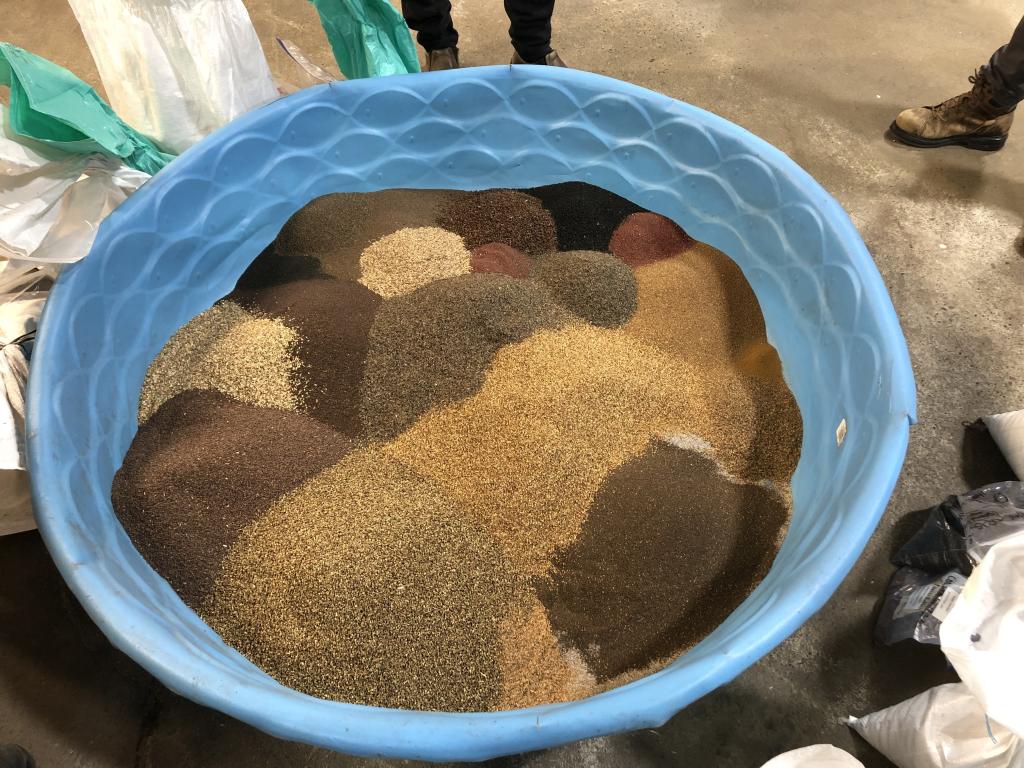
Once we have ordered and picked up all of the seed, we bring it to our warehouse to organize—and weigh out the specific amounts needed for each seed mix. The timing for each of these phases is crucial. The needs of each restoration site vary, and Plant Materials Program staff work hard to ensure the our restoration ecologists have all of their seed in time to spread onsite—before it’s too rainy or cold and the seeding windows close! If you enjoy figuring out puzzles, working with diverse seed, and collaborating actively with restoration ecologists and native plant producers alike, you would love the seed procurement and mixing process!
